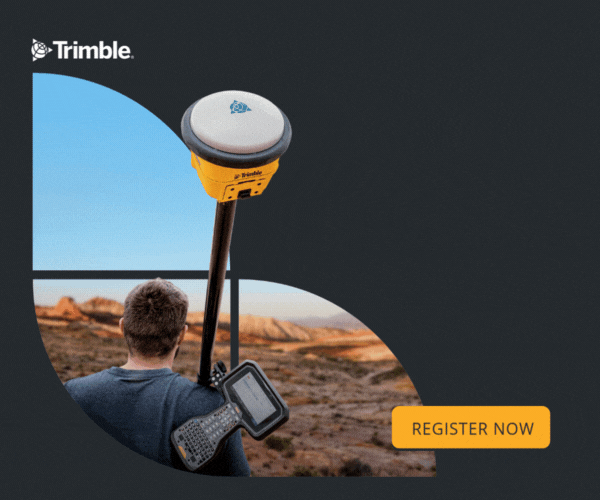A 4.114Mb PDF of this article as it appeared in the magazine—complete with images—is available by clicking HERE
Tough men, strong men, dedicated men. Men who took a job showing light to feed themselves for a few months. Other men who spent thirty or forty years packing into remote stations, climbing towers, clearing lines. Men dedicated to a lifetime of conducting some of the most accurate classical survey work ever accomplished. Men who lost their lives falling from towers, falling from cliffs—men who dodged snakes, thunderstorms, and sometimes bears. These were the men making up the crews of the United States Coast and Geodetic Survey—a breed apart who surveyed our Nation.
Members of triangulation crew of William Scaife in the interior of Alaska on a velocipede between Anchorage and Fairbanks.
Location: Alaska, Between Anchorage and Fairbanks
Photo Date: 1923
Credit: Mr. Floyd Risvold, USC&GS
Freighting in Texas with a barrel wagon.
Location: Texas
On the trail to Station Lazaro.
Location: Southeast Alaska, Clarence Strait
Photo Date: 1921
Credit: C&GS Season’s Report Hawley 1921-38
Connecting the line–two level crews meet in Glen Canyon, Colorado River. Level parties of Fred E. Joeckel and Floyd W. Hough
Location: Glen Canyon, Arizona
Photo Date: 1921
Credit: C&GS Season’s Report Joekel 1921
Trucks, personnel, and equipment of a double level party. Level party of William M. Gibson
Location: United States, Central
Photo Date: 1935
Credit: C&GS Season’s Report Gibson 1935
Albert "Skip" Theberge served as a NOAA Corps officer for 27 years prior to retirement in 1995. During that period he was primarily engaged in nautical charting and seafloor mapping but also served a stint in geodesy working on the Transcontinental Traverse project during the 1970s. For the past 18 years he has worked as a research librarian at the NOAA Central Library and has produced a number of historical works related to the Coast and Geodetic Survey (C&GS) and seafloor mapping. He also produced the NOAA History website (www.history.noaa.gov) and the NOAA Photo Library (www.photolib.noaa.gov) which includes thousands of historic photos related to the work of the C&GS.
A 4.114Mb PDF of this article as it appeared in the magazine—complete with images—is available by clicking HERE
